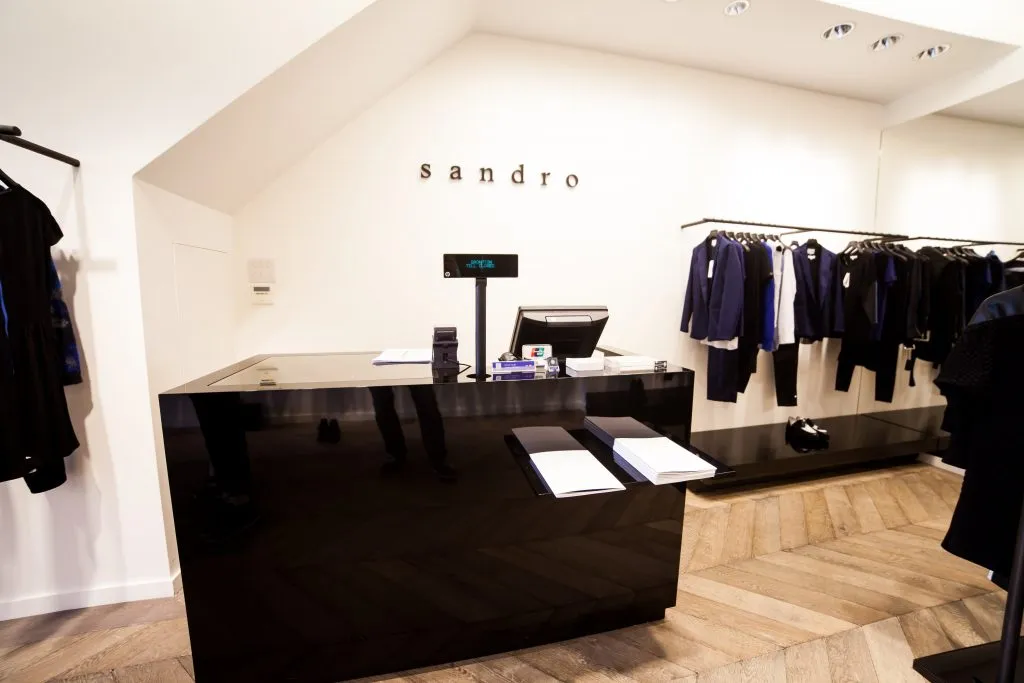In the current fast-paced shopping environment, the visual and practical appeal of your store plays a vital role in drawing in and keeping customers. As consumer preferences evolve and competition grows, store refurbishment has become as a vital strategy for businesses aiming to breathe new life into their storefronts. Whether you're a well-established brand or a new entrepreneur, understanding what retail refurbishment is and why it is important to your store is necessary for staying relevant in the industry.
Retail refurbishment is more than about transforming your space look new; it's about renewing your brand and enhancing the customer experience. A well-executed refurbishment can lead to increased foot traffic, improved sales, and a deeper connection with your target audience. By investing in design and aesthetic enhancements, intelligent layout changes, and sustainable practices, you can create an inviting atmosphere that appeals with your customers and meets with your business objectives. This article explores the multifaceted world of retail refurbishment, providing insights on its benefits, key strategies, and the steps necessary to successfully transform your retail space.
Grasping Commercial Renovation
Commercial renovation is the process of updating a retail area to enhance its appeal, usability, and client engagement. This upgrade can vary from slight updates, such as new coating and displays, to extensive renovations that alter the store's layout and appearance. The goal of commercial renovation is to create a retail atmosphere that resonates with shoppers, aligns with current trends, and enhances the overall brand image.
A main reason for undertaking a commercial refurbishment is to renew a business and increase sales. As consumer preferences shift, stores must adjust to meet the demands of their desired clientele. Refurbishment allows stores to refresh their offerings, introduce new techniques, and create attractive environments that attract and retain customers. When done well, a updated store can greatly boost foot traffic and promote purchase decisions.
Additionally, an efficient commercial renovation goes above aesthetics; it is a calculated investment in the brand’s prospect. Thoughtfully designed refurbishments take into account functional improvements such as enhancing the design for superior flow and interaction. By carefully examining design aspects, stores can ensure that their updated environment not only appears attractive but also enhances the overall shopping experience for customers, ultimately reflecting the store's principles and brand essence.
Advantages of a Store Renovation
A retail makeover is an expenditure that offers significant advantages for your business. To start, redesigning your store can enhance its visual appeal, attracting more shoppers and converting visitors into customers. A fresh look signifies to customers that your brand is innovative and relevant, which can boost their interest and involvement with your products. This makeover not only improves the space but also creates an inviting atmosphere that invites shoppers to invest more time in your store.
In addition to attracting more customers, a retail makeover can also improve the functionality of your space. By https://notes.io/wX7EV -evaluating your store's layout and configuration, you can create a more productive flow that leads customers effortlessly through the shopping experience. This considerate arrangement helps it easier for customers to discover what they need, ultimately leading to higher sales. Beyond structural changes, incorporating smart design choices such as strategic lighting and updated fixtures can showcase key products and promotions, further augmenting the shopping experience.
In conclusion, a successful retail renovation can noticeably enhance your brand identity. By matching your store's aesthetics with your brand values and mission, you create a cohesive experience that connects with your target audience. Customers are more likely to come back to a store that represents their tastes and values, encouraging brand loyalty. A successfully completed makeover not only refreshes the surrounding environment but also strengthens customer relationships, driving repeat business and solidifying a stronger market presence.
Organizing Your Retail Refurbishment
Effective planning is essential for a productive retail refurbishment. Begin by evaluating your present store configuration and recognizing areas that require enhancement. Consider shopper flow, product placement, and any design elements that may feel dated. Gathering feedback from workers and customers can offer important feedback into what modifications would improve their interaction. Set specific goals for the refurbishment; regardless it's creating a more inviting atmosphere or adding modern technology, having defined objectives will inform your choices.
Subsequently, establish a detailed timeline and budget for the refurbishment project. Research the costs associated with design changes, materials, labor, and any possible disruptions during the renovation period. Prioritize critical improvements versus nice-to-have features to ensure you stay within budget without compromising essential upgrades. A carefully planned timeline will help you and your contractors stay on track, minimizing delays and unexpected charges.

In conclusion, consider the influence of your refurbishment on shopper engagement and identity. The aesthetic choices you make should align with your desired audience and illustrate your brand values. Use this moment to innovate and integrate sustainable practices, which are increasingly important to consumers. Inform your plans to staff and customers, creating excitement and anticipation around the refurbishment. This proactive approach will not just smooth the procedure but also improve customer engagement during and after the project is completed.
